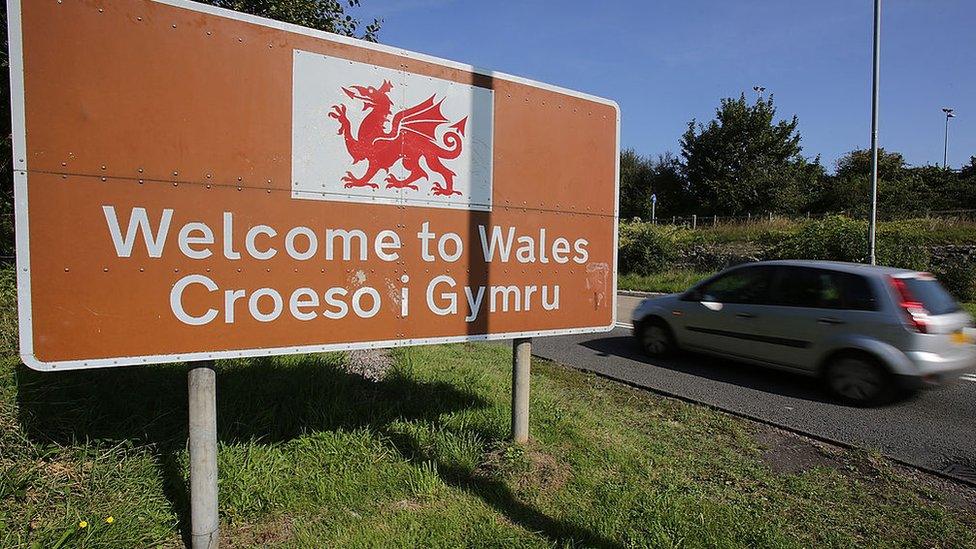Coronavirus: Wales lockdown could be relaxed in two weeks
- Published
- comments
Coronavirus lockdown exit plan for Wales 'puts health first'
There could be "more things we are able to do" in two weeks' time as Wales moves slowly out of lockdown, the first minister said.
"We are already in the red zone," Mark Drakeford said, as he unveiled a plan for returning to some form of normality.
While no dates were given, he said his "traffic lights" route out of lockdown also included amber and green stages.
There have been restrictions on daily life for seven weeks.
"We've already begun to leave lockdown as it was originally imposed and I am hopeful that, provided coronavirus remains at or below the levels we currently see, there will be more things we will be able to do in the red zone at the end of the current three weeks," he said.
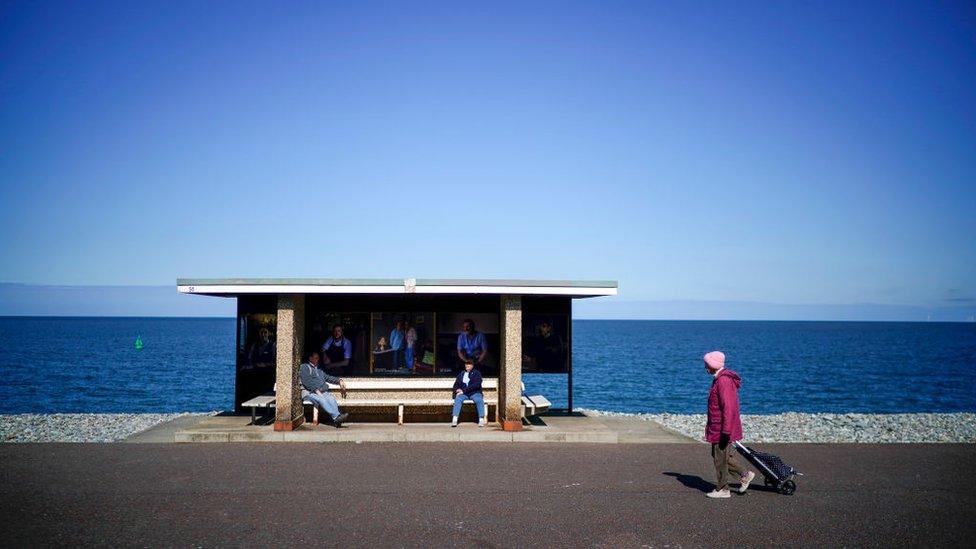
Lockdown has been in force since March
A further three weeks of lockdown were announced last Friday, and Mr Drakeford added: "We've got to be confident that the initial moves that we make don't inadvertently result in coronavirus being on the rise again."
The cautious route out of lockdown is "putting people's health first", he said.
"All our decisions will be based on the latest scientific advice.
"We will act carefully and cautiously, in partnership with people, in a way that is right for Wales. And we will put people's health first."
What has been the immediate political reaction?
Welsh Secretary Simon Hart said: "Throughout the coronavirus crisis, the UK and Welsh governments have worked closely together every step of the way.
"I am glad that this announcement brings that alignment even closer, providing more certainty for jobs and businesses across Wales."
Welsh Conservatives leader Paul Davies described it as "a roadmap to a cul-de-sac, not a roadmap to recovery", and a "hopeless plan".
"We need to begin to unlock society but Mark Drakeford seems to have lost his keys," he said.
Plaid Cymru leader Adam Price said the strategy was "thin on detail" and how it will end community transmission.
He added New Zealand's model of driving down the R number to reduce avoidable deaths and "eradicate" new cases should be mirrored in Wales, and local lockdowns for clusters should eventually be considered.
"The onus will fall on the Welsh Government to urgently change gear on testing and tracing to allow us to move safely on to the next phase on the path to recovery," he said.
The Brexit Party tweeted: "Welsh Labour are playing politics during a pandemic. It's time to end the confusion and work on a UK-wide approach to fighting the virus."
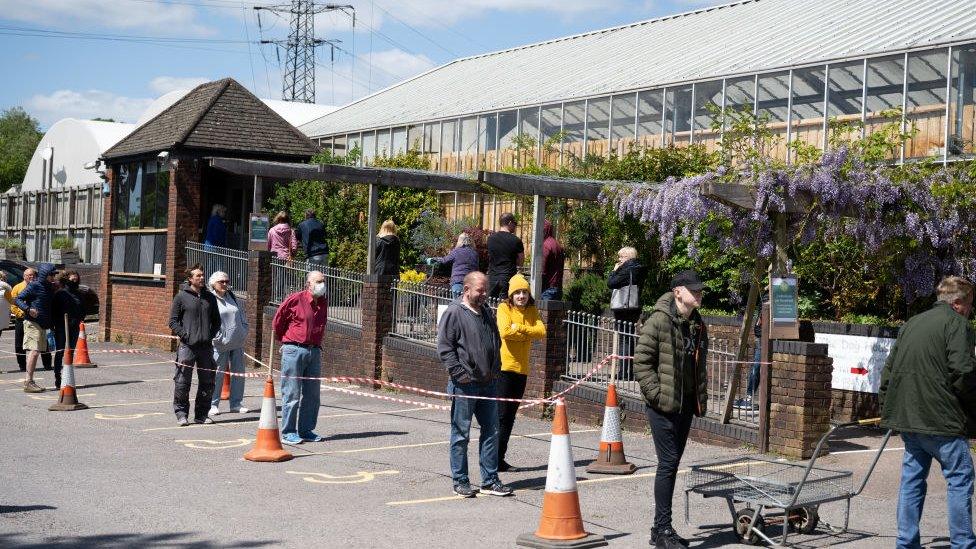
The opening of garden centres was described as the "first steps on our recovering journey" after lockdown was introduced in March
There has been pressure from some quarters for a faster easing of the lockdown in a bid to restart the economy.
In England, a similar plan includes suggested timetables.
In Wales, the government is using a traffic-light system for phased reductions in the lockdown.
What have business leaders said?
"While the traffic light approach is useful, employers are still waiting for clear guidance about how they will be able to re-open premises and resume work safely in accordance with Welsh legislation," said Ian Price, director of industry body CBI Wales.
"Indicative timelines outlining when sectors and workplaces can come back online are also needed, so businesses of all shapes and sizes can quickly ramp-up essential restart planning and decision-making."
Coronavirus 'with us for a long time to come'
Mr Drakeford stressed the country was only now moving "carefully and cautiously" into the first red zone, what he called the "first steps on our recovering journey".
Providing the virus remained under control, Wales would move to the amber zone which would see more signs of returning to normal.
The "green zone" would come when the country was "still on top of the virus".
There life would begin to look more like it was before coronavirus began "but not identical to it," warned Mr Drakeford.
He said until a vaccine or effective treatment was found, coronavirus would be "with us for a long time to come".
Mr Drakeford said it would be "self-policing" rather than police officers enforcing rules which gets Wales through the crisis as officers' jobs will become harder if different sectors move out of restrictions at different times.
The people of Wales "need hope" in terms of how restrictions are lifted, he said, and that his plan provided "more detail than we've ever had before".
When are schools going to reopen?

The Welsh Government says it would like to bring some children back to school before the summer holidays
Mr Drakeford said the "ambition" was to get some children "back into school before the summer break".
Education Minister Kirsty Williams published a document she said would be a "stimulus for wider discussion and feedback" on how social distancing and other measures will be implemented.
Most schools have been closed since the start of the pandemic, with some open for the children of critical workers and those deemed as vulnerable.
"Nothing would make me happier than seeing our classrooms full again," Ms Williams said.
"But I want to be clear that this framework does not - and I will not - set an arbitrary date for when more pupils will return to school.
"Setting a date before we have more evidence, more confidence and more control over the virus would be the wrong thing to do."
She said it will not be one decision but "a series of decisions over time".
Ms Williams said when Wales was ready to move into the next phase, she would make sure there is enough time for preparation and for staff to carry out necessary training.
Five key principles for schools returning - set out in April - focus on safety and mental, emotional and physical wellbeing of students and staff.
The UK government intends schools in England to re-open to more pupils before the holiday, but there is no such timetable in the Welsh Government's roadmap.

Analysis from Felicity Evans, BBC Wales political editor
The theme throughout this Welsh Government document is caution - a slow and careful unfolding of the lockdown which will require difficult choices about priorities.
It says an effective system of track and trace is essential as is the continued compliance of the general public.
The document warns the capacity of the Welsh Government to put robust systems in place will dictate the timetable.
A traffic lights system of red, amber and green gives lists of likely easements at different stages - but that depends on the headroom offered by the R rate, indicating the disease's ability to spread, which will remain the focus.
While easements are complicated and interlinked, it will be necessary to choose between them and those which offer the greatest relief for general quality of life will be prioritised.
But the message is clear that "normal life" could be years away.
The general public are invited to share their views on the way forward.

A SIMPLE GUIDE: How do I protect myself?
AVOIDING CONTACT: The rules on self-isolation and exercise
HOPE AND LOSS: Your coronavirus stories
- Published15 May 2020

- Published25 January 2022

- Published8 May 2020
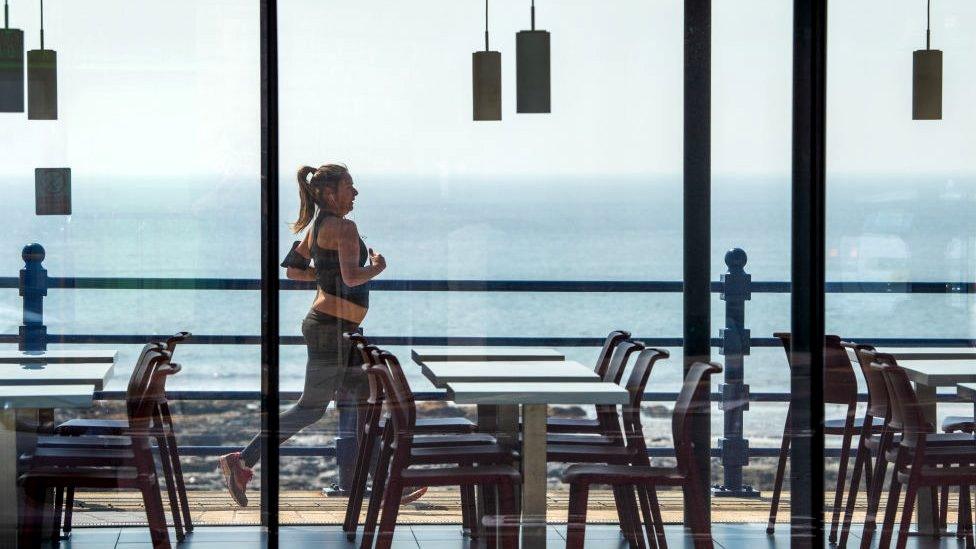
- Published24 April 2020
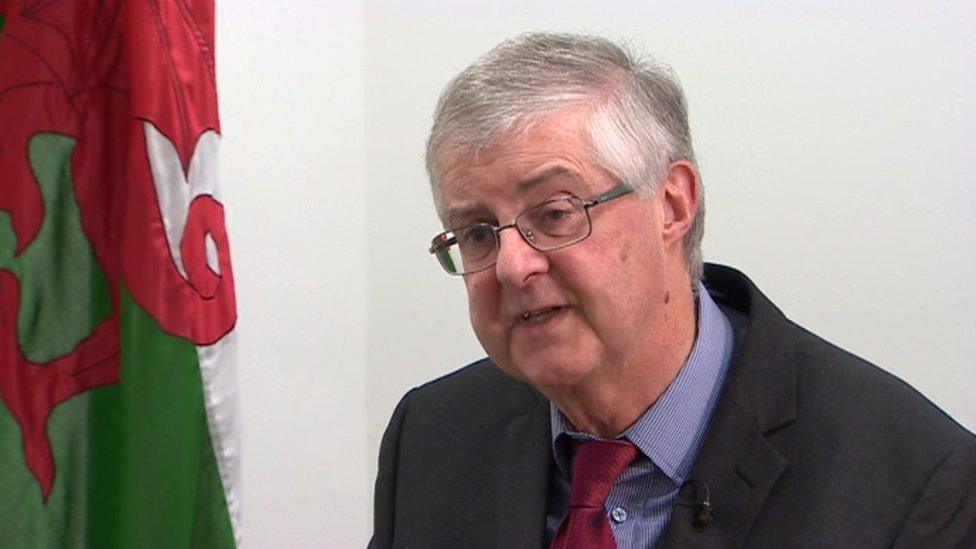
- Published14 May 2020
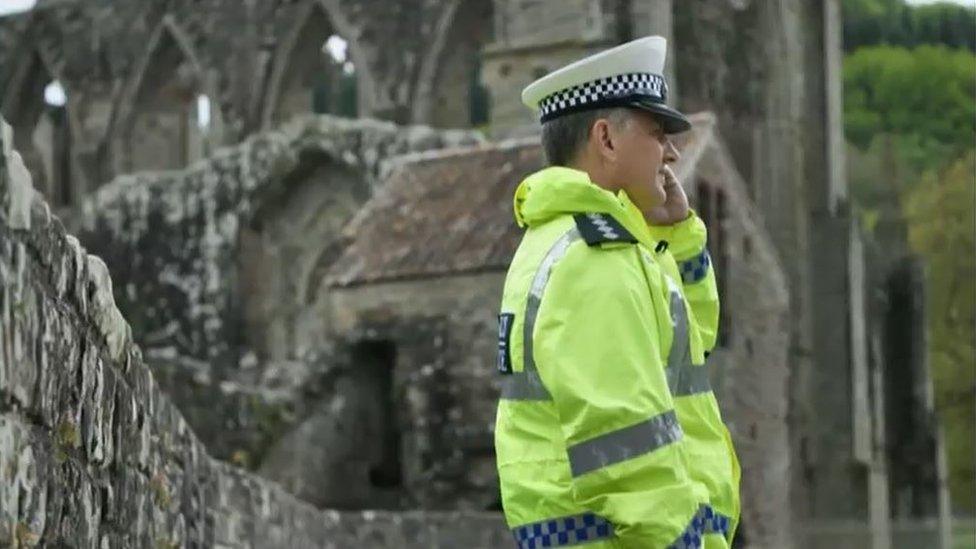
- Published14 May 2020
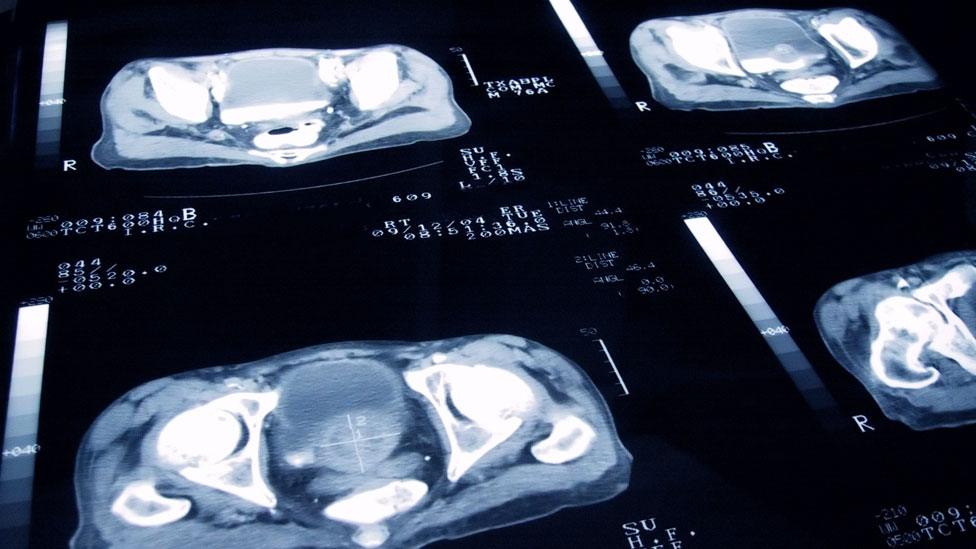
- Published10 May 2020

- Published12 May 2020
